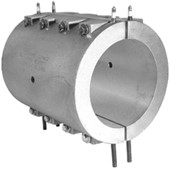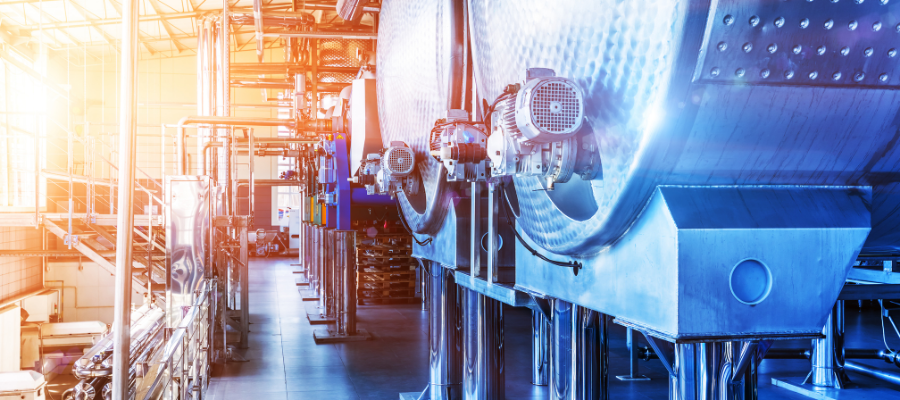New Heating and Cooling Solutions Can Help
Did you know that one-third of all U.S. energy costs can be attributed to the industrial sector? It makes sense that most U.S. manufacturers are looking for ways to reduce their energy consumption and save on energy costs. Throughout the country, manufacturers are re-evaluating their cooling processes and trying to identify ways to be more efficient. Below is a quick overview of air cooling vs. water cooling and how the right solution could save manufacturers thousands of dollars annually.

Air cooling is ideal for process that does not require high energy removal. It is less expensive for the hardware, easier to maintain, has lower operating costs, and requires less space compared to fluid cooling. Air cooling provides for slower changes in temperature compared to water cooling.

Water cooling is best suited for processes that require high energy removal. Compared to air cooling, the equipment is more expensive, requires higher maintenance to prevent fouling, and requires more space, a chiller system and a water pump. Thermal instability can also occur if the cooling water flashes to steam. Large thermal gradients produced by water cooling can also contribute to excessive thermal strain and stress in the extruder.
The Challenge
Throughout the manufacturing process, energy is lost due to equipment inefficiency as well as mechanical and thermal limitations. Additionally, safety issues can arise when heating/cooling equipment’s outer layer becomes a threat to employees who may come in contact with it.
Understanding how energy is used and wasted can help plants pinpoint areas and ways to improve efficiency. And, it can even provide a leg up on the competition. However, identifying and creating a plan to address energy inefficiency and associated safety concerns is easier said than done.
Solution Options
Manufacturers have several options available to them. One simple way you can save energy is by having the entire machine come up to the set temperature at the same time. There is no need to have the barrel zones up to temperature until the die zone is ready. Heating is typically only needed to preheat the barrel zones before start-up and once production begins very little heat if any is required to maintain temperature. Being able to reduce the wattage of the barrel zones will reduce energy demand and prolong heater life. Maintaining lower watt densities not only increases the heater’s efficiency, it also extends the heater’s life. This translates to better heat response and a more even temperature profile. Longer life means fewer heaters purchased over time, decreased change-out costs and less production downtime.
Updating for Energy Efficiencies
Manufacturers should consider changing out liquid cooled heating systems. Air cooling provides efficiencies equal to or better than conventional liquid cooled cast-in aluminum band heaters. Better heat response and a more even temperature profile both dramatically improve the performance of the machine but also save energy and may qualify for Focus on Energy Rebates.
Updating for Employee Safety
Cool to the touch extruder heat/cool systems are a great option. These systems are custom engineered to ensure personnel safety while providing optimal energy efficiency. They are constructed using a dual layer shroud. The inner stainless-steel layer creates a radiation shield that directs the cooling airflow over the heater. The outer stainless steel perforated layer isolates hot surfaces from contact, making them cool to-the touch.
Learn More
Achieving optimal energy efficiency and personnel safety is a big challenge. Sure Controls is available to help you identify the correct heating and cooling solution for your business. To learn more about heating and cooling efficiencies, or any energy optimization, you can contact us here.

